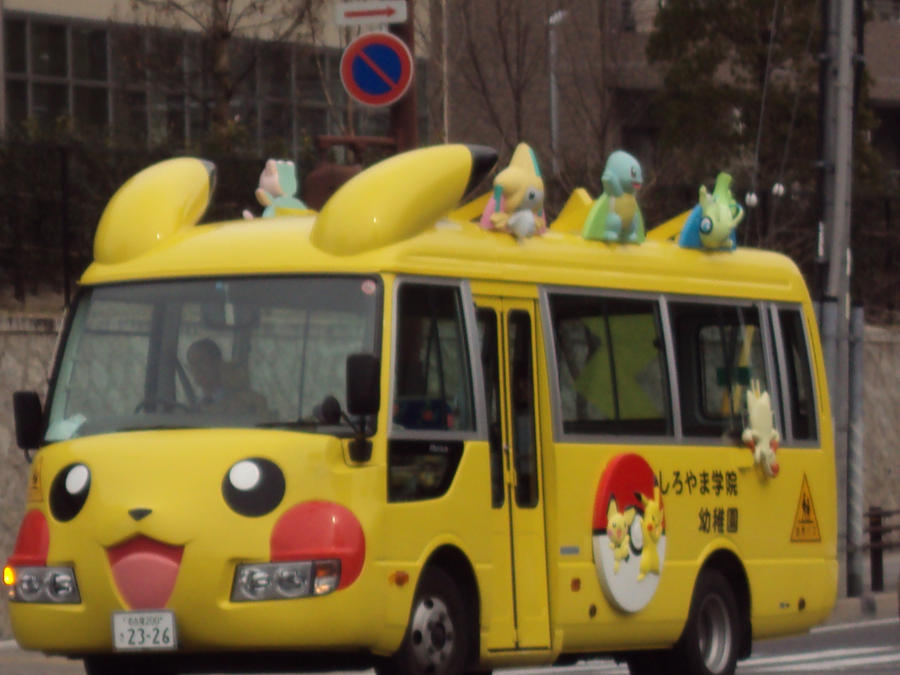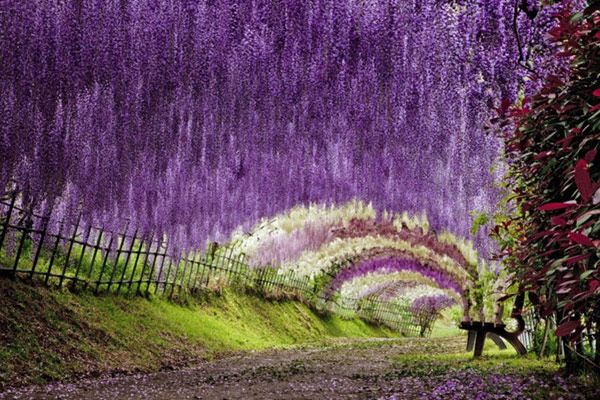 |
| Mt. Fuji in spring photo credit: investopedia |
Here are the questions I receive frequently on email. They are about travelling in Japan.
For other FAQ's about Japan, check these posts:
FAQ's on Teaching English in Japan
FAQ's on Working in Japan
FAQ's on Living in Japan
1. Is Japan an expensive place to visit?
If you compare Japan to other Asian countries, it is comparatively expensive. However, if you compare it to Australia, NZ, North America and Europe, it is relatively affordable.
Accommodation is the most expensive thing you'll spend on when you visit Japan. Unlike in other countries, Japanese hotels base their rates on the number of people not on the rooms.
Food is affordable. There are many tourist spots that are free. For transportation, there are various passes that you can avail for cheaper travel.
Here's a more detailed answer: How Much Money to Visit Japan?
2.When is the best time to visit?
Spring is the the most recommended time to visit because of the cherry blossoms. However, this is also the busiest time. March to early May are the peak months for tourism. Autumn is also great for sightseeing. The autumn leaves are as lovely as the cherry blossoms, for me. This season is shorter though. It usually starts late November to mid-December.
If you want to do winter sports, January to mid-February is a great time to go. The snow is powdery and perfect for skiing and snowboarding.
3. What are the best places to visit?
Most Japanese recommend Kyoto, Nara and Tokyo as the must-see places in Japan. Kyoto and Nara are historical places while Tokyo is the captial.
If you are pressed for time, concetrate on the area of Kyoto-Nara and Osaka. Another alternative is Tokyo, Yokohama, Nikko and Kanagawa.
However, if you have plenty of time, other places are worth a visit too. Consider visiting Nagano especially in winter. (It's my favorite place in Japan, by the way.) Hokkaido during the lavender season and snow festival is spectacular.
4. How can I make my trip cheaper?
I often get this question and it's quite hard to answer. I don't know how much you're willing to go cheap. But if you're like me who can get as "cheap as possible," consider these tips:
- Sleep in internet shops
- Take the local trains esp if the Juhachi Kippu is available.
- Focus on the free tourist spots
- Don't splurge on food.
Check this post, How to Travel Japan Cheaply
5. What are the best festivals to see?
My favorite Japanese festival is Hamamatsu Festival, of course. But that's just me because I live in Hamamatsu. Aside from this, the Snow Festival in Hokkaido is simply amazing. There's also Nebuta Festival in Aomori, Gion Festival in Kyoto and the risque Kanamara Festival (Steel Phallus Festival) in Kanagawa.
6. How can I get a tourist visa?
There are 67 countries whose citizens can visit Japan without a visa. Here's the list: Exemption from Japanese Tourist Visa
If you're country is not there, you have to check the Japanese Embassy in your country about requirements to get a visa.
For Filipinos, here's the process; How to Sponsor a Japanese Tourist Visa
7. Aside from sushi, what food should I try?
Sushi is not the only Japanese food you should try. Other not-so-famous Japanese food are natto, green tea ice cream, various-flavored Kitkats, and mochi.
Japan is a great country to explore anytime of the year. There are modern cities and historical towns. There are amazing natural spots and impressive structures. And there's the unusual and strange Japanese culture.














.jpg)


.JPG)
